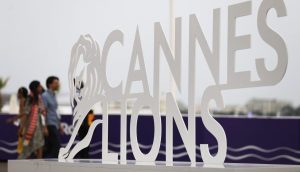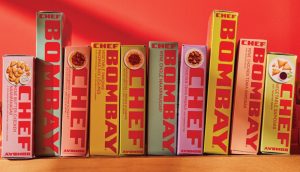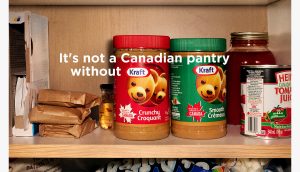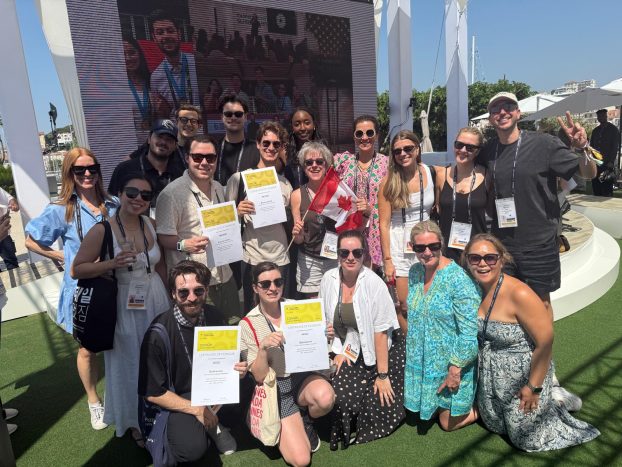
There’s got to be something in the water at Rethink. Once again, the agency cleaned up at Cannes, taking home a pride of Lions. And just as the festival was winding down, on Friday, two of their youngest creatives snagged a Gold Young Lion in Design – Canada’s first-ever win (and first time competing) in the category.
But that’s not all. A second prize, a Bronze in Media, went to a pair of young professionals at Cossette Media, a rare feat for Canada in a competition that draws up to 400 global contenders vying for a Lion. The last time the country’s Young Lions group left the French Riviera with a Media win was 10 years ago, back in 2015.
The Cannes competition marked its 30th year in 2025. Sponsored by Adobe, the Young Lions are a cornerstone of the Cannes Lions School, celebrating emerging creative talent from around the world. Each year, contenders spend 24 to 36 hours developing marketing strategies, creative and media executions based on a blind brief, for the chance to shine on a global stage. All of the work is judged by official Cannes Lions jurors during the festival.
Strategy caught up with the young creatives and media professionals fresh off their moment on stage in Cannes. Here’s what they had to say about their big win, and what the experience meant to them.
Bronze Media: Tristan Bonnot-Parent and Samuel David-Durocher, Cossette Media
Breast cancer has the pink ribbon. Prostate cancer has the mustache. But ovarian cancer? Its visual symbol is just as invisible as the disease itself.
Often called “the invisible disease,” ovarian cancer is notoriously difficult to detect, with few early symptoms. That challenge was at the heart of the brief from Ovarian Cancer Action, which tasked participants with creating an instantly recognizable marker for awareness.
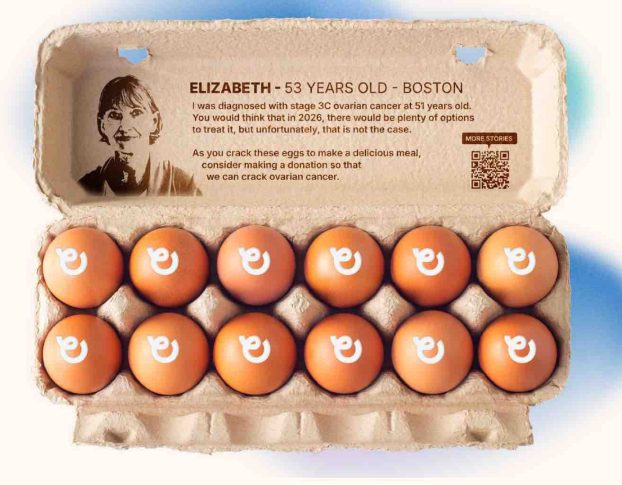 Cossette Media’s Samuel David-Durocher and Tristan Bonnot-Parent responded with a concept rooted in a clever and visually resonant symbol: eggs.
Cossette Media’s Samuel David-Durocher and Tristan Bonnot-Parent responded with a concept rooted in a clever and visually resonant symbol: eggs.
“Eggs have a natural connection with ovaries,” explained Bonnot-Parent of the etymology of the word “ovaries” meaning “eggs.” The idea came from a conversation sparked during one of Cossette’s internal workshops, where a case study on using lemons for breast cancer awareness inspired the team to think about other fruit and produce as visual metaphors for the Young Lions brief.
But it was the media activations surrounding the egg that cracked the brief wide open.
The duo developed a campaign that started in grocery stores, where 82% of Americans purchase eggs and dairy each time they go to the shops. They proposed custom packaging engraved with the Ovarian Cancer Action logo and included testimonials from women living with the disease inside the cartons.
Then came a digital layer: egg cartons embedded with NFC technology. A groove on the box allowed users to place their phone on it, triggering an interactive video and donation prompt to the organization.
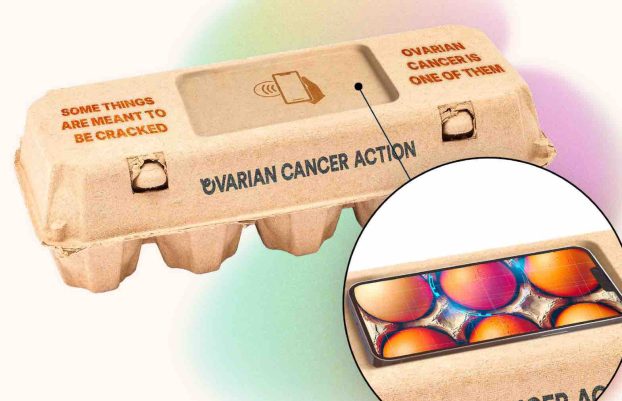 Beyond the grocery aisle, the campaign extended to television. The team designed a system that recognized when eggs appeared on screen during shows or movies, prompting a contextual banner that reinforced the message: “Some things are meant to be cracked. Ovarian cancer is one of them.”
Beyond the grocery aisle, the campaign extended to television. The team designed a system that recognized when eggs appeared on screen during shows or movies, prompting a contextual banner that reinforced the message: “Some things are meant to be cracked. Ovarian cancer is one of them.”
The entire Young Lions process was intense. Briefed at 5:30pm on Monday, the team had just 24 hours to craft a 10-page media plan – and submitted it with just 20 minutes to spare. Then came a night of pitch prep, with presentations scheduled the next morning.
Despite the exhaustion, the result made it all worthwhile.
“For me, it was about redemption,” said Bonnot-Parent. “I won in Canada two years ago and went to Cannes, but we didn’t place. I was hoping for a second chance ever since. This time, I went all in. And to end up on the podium, representing Canada, meant everything.”
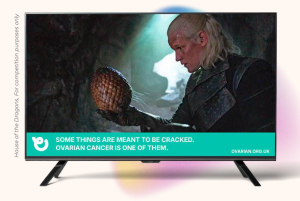 For David-Durocher, the journey to Cannes began with friendship. “Tristan was my first friend when I moved to Cossette Media. I stalked him online and saw he’d won Young Lions. After meeting together, he messaged me and said, ‘Hey, my partner’s no longer around, maybe we can do it together this year?'”
For David-Durocher, the journey to Cannes began with friendship. “Tristan was my first friend when I moved to Cossette Media. I stalked him online and saw he’d won Young Lions. After meeting together, he messaged me and said, ‘Hey, my partner’s no longer around, maybe we can do it together this year?'”
After three years of trying, their persistence paid off: Gold in Canada, Bronze on the global stage.
Gold Design: Zoë Boudreau and Jesse Shaw, Rethink
Rethink’s Zoë Boudreau and Jesse Carmichael clinched the top prize for their visually rich response to a brief from India’s Museum of Art and Photography (MAP). The challenge: design an exhibition identity that would disrupt the Western, kid-focused view of comics, and instead spotlight the long, layered history of Indian sequential storytelling.
“It’s a tradition that predates what most of us in the West think of as comics,” explained Shaw. “So the idea was to reframe that narrative, literally.”
Their solution was “In Frame,” a name and design system that both spotlighted and celebrated the art form’s heritage. “We used ‘In’ as a play on ‘India’ and ‘Frame’ referencing comic book panels,” explained Boudreau. “The logo itself became a literal framing device, used throughout the exhibition to bring pieces into focus.”
While the naming and visual identity hit the mark, it was the motion design that really made the project stand out with the judges, said Boudreau. The team developed a robust motion system that brought the static nature of comics to life and mimicked the experience of flipping through a book or moving between frames (see below).
“We believe motion should be built into brand systems from the start, not added later,” said Shaw. “Since the museum had a digital-first education focus, we saw that as an opportunity to really lean into animation in a way that felt natural and conceptually strong.”
Beyond the personal win, the team was thrilled to make history for the Canadian design scene.
“This was Canada’s first time entering the Design competition, so we felt a real responsibility to represent,” said Shaw. “There’s incredible design happening in Canada, and we wanted to show what that looks like on the global stage.”
What made the win even more special was the team’s mix of disciplines: Boudreau is trained in graphic design, while Shaw specializes in motion. “We’re not just two graphic designers. And I think that reflects where design systems are heading,” Shaw added. “Static identities alone aren’t enough anymore. There’s so much room to go deeper and tell richer stories through motion.”


